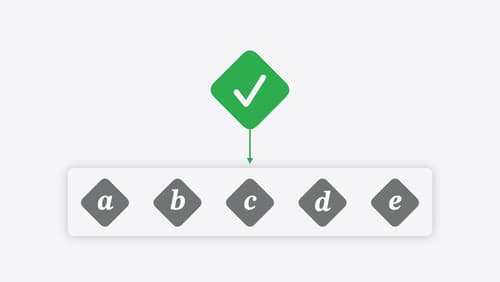unit test
Asked on 2025-06-11
1 search
Unit tests are a fundamental part of the testing process in software development, and they are often more numerous than UI tests in a test suite. They help ensure that individual components of your code function correctly. At WWDC, Apple has provided several sessions that delve into testing, particularly with Swift.
For example, in the session "Go further with Swift Testing," unit tests are discussed in the context of creating a reliable test plan that includes core tests to quickly catch bugs. This session also covers how to organize tests using test plans and how to use tags to include or exclude tests based on specific criteria. You can learn more about this in the chapter on Parameterized testing.
Additionally, the session "Meet Swift Testing" introduces the building blocks of Swift testing, including the use of the @Test attribute to mark functions as tests and the use of expectations to validate conditions. This session provides a comprehensive overview of how to write and organize unit tests effectively. You can explore this further in the chapter on Building blocks: @Test functions.
These sessions provide valuable insights into how to effectively write and manage unit tests using Swift and Xcode, ensuring your code is robust and reliable.

Record, replay, and review: UI automation with Xcode
Learn to record, run, and maintain XCUIAutomation tests in Xcode. Replay your XCTest UI tests in dozens of locales, device types, and system conditions using test plan configurations. Review your test results using the Xcode test report, and download screenshots and videos of your runs. We’ll also cover best practices for preparing your app for automation with Accessibility and writing stable, high-quality automation code.

Go further with Swift Testing
Learn how to write a sweet set of (test) suites using Swift Testing’s baked-in features. Discover how to take the building blocks further and use them to help expand tests to cover more scenarios, organize your tests across different suites, and optimize your tests to run in parallel.

Integrate privacy into your development process
Learn how to build privacy into your apps from the planning stages through deployment. We’ll cover practical ways to integrate privacy at each step of the development lifecycle, focusing on data minimization, on-device processing, and transparency and control. You’ll discover how to use Apple’s tools and frameworks to protect user data and create a privacy-respecting app experience.
